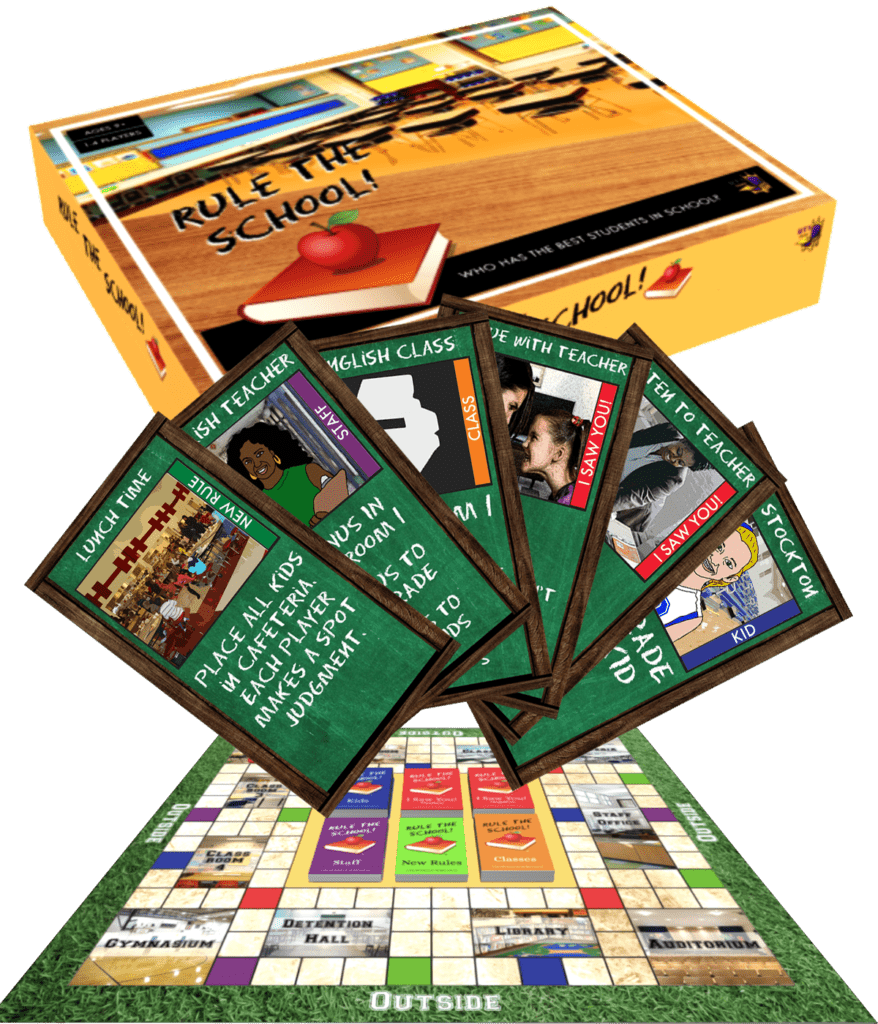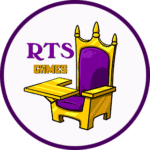
Of the many, many jobs I’ve held during the course of my career, some of the most memorable are the ones I’ve had working with children. From 2003 through 2015 I worked at a minimum security juvenile detention center as a youth specialist and supervisor, at various elementary and middle schools as an afterschool teacher, and also as a youth behavioral therapist at a home for abused and neglected children. While at those jobs I bore witness to a wide range of child behaviors. Sometimes children were respectful and obedient, sometimes children were wild and rebellious, sometimes the children’s behavior was uncategorizable. There were days the kids made me furious, there were days they made me proud, there were days they surprised me (in both positive and negative ways), there were days they put a smile on my face and made me laugh, and there were days they broke my heart and literally made me cry. But all in all, I can say looking back that my time in those positions was worthwhile. I gave those kids everything I had (literally. I donated part of my comic book collection, my Nintendo Gamecube and all my games to the children’s home and later those kids stole my Magic: The Gathering cards, then my Sega Dreamcast and all my games, then my wallet, and then my iPhone), and I like to think I was a small part of some of their success stories.
Years prior while I was in college, I had a success story of my own. I had just discovered Magic: The Gathering and I had gotten a flood of ideas about making a licensed trading card game based on the popular toy franchise The Transformers. Long story short, I found a similar-minded guy and together we created a game that got bought by Hasbro. It’s one of the highlights of my existence and I explain the whole story in great detail in this Youtube video. I also designed a couple other board games as independent study projects for college credits at the art school I attended. But I left that alone after I graduated to pursue other business and career interests.
By the mid-2000’s, I’m still heavy into Magic: The Gathering, to the point where I entered a competition to win an internship at Magic’s parent company Wizards of the Coast to design MTG cards. It was a chance at a dream job, and I actually made it to the second round. That contest gave me
the itch to create another card game, but this time I got the idea to involve my students at the afterschool programs I taught at involved. I created the concept of the game and the card ideas, and ran my ideas by the kids to see if they worked. Then I actually let them test a rough version of the game to make sure the rules and the cards worked, along with helping them cultivate ideas for their own card games. My final product was SYNDICATE: THE UNDERWORLD and it was a deckbuilding game based on organized crime. I made a half-polished prototype of the game available on POD board game publisher Gamecrafter.com, and you can still order the prototype if you have the link to it, but I never fully published it for two reasons. An adult friend of mine bought a copy and tested it, and told me that the cards and gameplay were still unbalanced, and one of my premade decks was way too overpowered: you could easily take the lead and “boatrace” the opponents (in other words, you’ll never be in jeopardy of losing the lead). I tried to implement some cards to counter that, but I could never solve how to truly balance the game. The second reason was even harsher: my friend told me he couldn’t see himself playing the game with his kids. He didn’t want them playing a game where they were pretending to be gangsters, ‘whacking’ people, running Ponzi schemes, paying off crooked cops, hiding evidence and stuff like that. Pretending to be a wizard or a monster collector was different because the majority of the stuff your cards do in MTG, Pokemon or Yu Gi Oh! is stuff you can’t feasibly do in real life. It’s pure fantasy, while with my game these kids could do all of that stuff in real life. He thought it sent the wrong message. Obviously, the quickest solution to that is to only market the game to adults. But then you’d be excluding a key demographic that can make you a lot of money. So there was the challenge: how could I bring the Syndicate game engine to a more kid-friendly setting?
Well, how about making a game about school?
The idea was simple. Replace the “guys” in my mafia game with kids, replace the urban locales with classrooms, and replace the gangster actions with stuff kids normally do at school. Pretty cut and dried, right? But then I needed to assign values to the different kid actions. To help with that, I consulted with my niece Amaya who at the time was in the fifth grade. I read to her my list of positive and negative actions, and as she gave her assessments, she spoke to me of times she saw her classmates doing these actions in school. And we ended up having a conversation about those actions and why they were so good or bad. And something clicked.
At that point I realized this could be more than just a game. It could actually be used as a tool to spark similar conversations with other kids and maybe actually contribute to improving their behavior! It harkened back to my teaching and mentoring days, when we were trying to drill proper behavior protocols into the kids to get them to act right. We told the kids over and over again stuff like “don’t be a bully. Stop bullying. Bullying is wrong.” but it never occurred to us that some of these kids don’t even know what bullying IS or how to recognize when they are doing it. We never took the time to explain to them why it is wrong and why it’s unacceptable in a way they would understand. Which probably explains why we had to keep telling them not to be a bully over and over again. Having a tool that can help the kids understand what is and isn’t acceptable behavior and (more importantly) WHY it is and isn’t acceptable behavior could be a valuable resource teachers and parents could use to train their kids.
So I finished the preliminary prototype, and then the question became what do I do with it now? I had a hard time finding a boardgame publisher interested in the game, but at the time, Crowdfunding was just starting to gain traction as a viable means of fundraising. So I tried to run a campaign for the game on Indiegogo. My result? Crickets. I literally got one preorder out of the campaign. Just one. I knew absolutely nothing about the process of running a successful crowdfunding campaign, and kinda just expected to put the idea out there and the money would just magically cascade in. Obviously, it doesn’t work that way, but I didn’t really know how to build an audience or generate interest in the game organically. So I sent off my lone preorder to the supporter and the game got put into my vault of failed/unfinished/unused ideas for future use “whenever”.
Turns out that lone supporter was my cousin Bret, and he enjoyed the game and still saw potential with it. A bunch of years later during a random conversation about STUFF, out of the blue he asks me why I never did anything further with the game. I told him I had hit a wall and didn’t have the resources to do anything further. He offered to invest some seed money into the project. Not a huge amount, but at the very least enough to jumpstart the project and give it a real chance at success. He would cover the legal and business fees and any equipment I needed (that didn’t cost a boatload of money) along with ordering a few prototypes for testing and a small marketing budget to generate some buzz, and it was on me to refine and grow the game from there. I also want to give a shout out to my brother-in-law Kenny, who also found out about my game (I can’t remember how) and told me it was a great idea and I should pull it out of mothballs and try again to make it happen. The encouragement was great and timely, but getting real resources to properly develop and market the game changed everything.
While I’m setting up the business and legal elements of the game, creating my LLC, dotting my I’s and crossing my T’s, I get an idea while at my dayjob. Could my card game also work as a board game? From that point ideas for a Rule The School! Board game poured in. Having a gameboard could do a lot of the functions I needed extra cards for, simplified the game and made it accessible for a younger player. It made it much easier for this game to be played in school because setting up a board game is a lot faster and more convenient than drafting cards to build decks. And if the game can be played in school, then that made it easier to get the endorsement of teachers and school staff. The deckbuilding game got put on the shelf (but don’t worry, I still have plans for it once I get the board game off the ground), and the focus went 100% towards developing and marketing the board game. And here we are.
It’s one thing just to have a good idea. I get plenty of those. But it’s something entirely different when you get a good idea and you find people that believe in it and are willing to help the idea grow. I am hoping to count you as one of those people. Whether you order and test a prototype, test the game digitally on Tabletopia, buy some merchandise, sign up for update and news, follow the game on Facebook, Twitter, Linkedin or any other social media platform (IG and Pinterest coming soon), or just tell people you know who might benefit from this game to check out the website, any support you can give to help this game grow and reach its potential will be appreciated.
This story ain’t over yet.
In fact, it’s just getting started.
